Influence of Replacement of Sodium Lamps in Park Luminaires with LED Sources of Different Closest Color Temperature on the Effect of Light Pollution and Energy Efficiency
Abstract
1. Introduction
2. Scope and Methodology of the Studies
3. Results of the Laboratory Measurements and Calculations
3.1. Uncovered Light Sources
3.2. Results for Park Luminaires Cooperating with Different Light Sources
4. Conclusions
- The continuous development of LED technology means that in the near future, LEDs will become the basic light source used in outdoor lighting. Within the current state of the art, the luminous efficacy of LED sources is higher than that of discharge lamps, which was confirmed by the results presented in this paper. Hence, it should be expected that sodium lamps, popular in outdoor lighting, will be completely withdrawn from use. Currently, we can observe the construction of LED sources that are adapted for installation in existing luminaires, originally intended to work with discharge lamps. The answer to the question of whether this solution is optimal is not easily identified. According to the author, better results can be obtained by using luminaires made with LED technology. However, a solution often used in practice, based on replacing the light source in the luminaire, allows minimization of the costs associated with the replacement of the luminaire itself. The performed calculations were an attempt to simulate real scenarios taking into account Rayleigh scattering. Due to the multifaceted nature of the issue, it cannot be considered as being finished.
- When carrying out modernization of external lighting, which is based on replacing only the light source, one should take into account that the light distribution method is also changed. A consequence of this may be an increase or decrease in the individual parameters of the luminaire (Table 5). From the point of view of the influence on LP, an important parameter is UFF. For example, replacing the popular HPS 2 sodium lamp with an LED source in luminaire no. 7 will reduce the UFF parameter value by 3.8%. However, the same treatment for luminaire 9 will cause an increase of UFF by 18%. The replacement of the light source may also result in no change of the UFF value, as exemplified by luminaire no. 5.
- Replacing classical sodium lamps with LED sources in outdoor lighting, with a wide range of LED technologies, does not have to lead to an increase in the glow of the night sky. Moreover, the obtained results of the calculations indicate the possibility of limiting the influence on sky glow. An example of such a solution is LED no. 1 (CCT = 1000 K, CRI = 22), which can successfully replace LPS. In the case of high-pressure sodium lamps, LED no. 4 (CRI = 37) is an alternative. The given examples show that limiting the impact on LP does not have to cause a decrease of CRI. The CRI values of the LED sources are higher or comparable to CRI of the distinctive sodium lamps.
- When assessing the effect of the light source on LP, operating solely with the CCT parameter is insufficient. The photometric solid of the luminaire plays an important role. A similar effect on LP can be obtained by installing light sources with significantly different CCT values (over 7700 K) in different luminaires. An example illustrating extreme situations is the luminaires with a spherical lampshade (luminaires no. 3 and 4). The impact on LP will be similar if luminaire no. 3 cooperates with LED no. 9 (CCT = 1988 K), and luminaire no. 4 with LED no. 156 (CCT = 9753 K). Based on the obtained results, a general statement can be made that the more luminous flux a park luminaire sends to the lower half-space, the higher the CCT value of the lamp. Obviously, the reflective properties of the substrate are also important.
- When installing a light source in a luminaire, the CRI and CCT values are known (measured or declared by the manufacturer). It is worth emphasizing that due to the change in the spectral distribution of the optical elements installed in the luminaire, these parameters may differ. Based on the measurements and calculations carried out in relation to nine park luminaires in this study, for LED sources with a CCT value that does not exceed 4000 K, the difference between CCT of the lamp radiation and CCT of the luminaire radiation will not exceed 100 K. When installing lamps with higher CCT values (above 4000 K), one must take into account larger differences in the color of light. In an extreme case (for LED source no. 156 installed in luminaire no. 1), this difference may even exceed 1000 K. Changes in the CRI value of the lamp by the optical elements of the luminaire do not exceed +/−1, which allows the conclusion that they can be ignored in practical considerations.
- The obtained results of the calculations also allowed us to see a certain relationship between the CRI value and the influence on LP. By using light sources with similar CCT values and lower CRI values, the impact on LP can be reduced. The lower the CRI value of the light source installed in the luminaire, the more the effect on the LP can be reduced. The greatest results in the reduction of the impact on LP with the use of light sources with low CRI values were obtained in the case of luminaires for which UFF has the highest values.
- In the case of lighting of green areas, the use of light sources with low CRI values will result in loss of their natural appearance. Therefore, light sources with higher CRI values are preferred. In such a case, a compromise between the aesthetic values and the influence on LP seems to be necessary. The use of light sources with low CRI values may be of key importance in the case of luminaires located, e.g., near an astronomical observatory.
Funding
Institutional Review Board Statement
Informed Consent Statement
Data Availability Statement
Conflicts of Interest
References
- Gaston, K.J.; Gaston, S.; Bennie, J.; Hopkins, J. Benefits and costs of artificial nighttime lighting of the environment. Environ. Rev. 2015, 23, 14–23. [Google Scholar] [CrossRef]
- Boyce, P.R.; Eklund, N.H.; Hamilton, B.J.; Bruno, L.D. Perceptions of safety at night in different lighting conditions. Light. Res. Technol. 2000, 32, 79–91. [Google Scholar] [CrossRef]
- Haans, A.; De Kort, Y.A.W. Light distribution in dynamic street lighting: Two experimental studies on its effects on perceived safety, prospect, concealment, and escape. J. Environ. Psychol. 2012, 32, 342–352. [Google Scholar] [CrossRef]
- Lorenc, T.; Petticrew, M.; Whitehead, M.; Neary, D.; Clayton, S.; Wright, K.; Thomson, H.; Cummins, S.; Sowden, A.; Renton, A. Fear of crime and the environment: Systematic review of UK qualitative evidence. BMC Public Health 2013, 13, 496. [Google Scholar] [CrossRef]
- Uttley, J.; Cheal, C.; Fotios, S. Effect of illuminance and spectrum on peripheral obstacle detection by pedestrians. Light. Res. Technol. 2016, 49, 211–227. [Google Scholar] [CrossRef]
- Lobão, J.; Devezas, T.; Catalão, J. Energy efficiency of lighting installations: Software application and experimental validation. Energy Rep. 2015, 1, 110–115. [Google Scholar] [CrossRef]
- Carli, R.; Dotoli, M. A Dynamic programming approach for the decentralized control of energy retrofit in large-scale street lighting systems. IEEE Trans. Autom. Sci. Eng. 2020, 17, 1140–1157. [Google Scholar] [CrossRef]
- Carli, R.; Dotoli, M.; Pellegrino, R. A decision-making tool for energy efficiency optimization of street lighting. Comput. Oper. Res. 2018, 96, 223–235. [Google Scholar] [CrossRef]
- Beccali, M.; Bonomolo, M.; Lo Brano, V.; Ciulla, G.; Di Dio, V.; Massaro, F.; Favuzza, S. Energy saving and user satisfaction for a new advanced public lighting system. Energy Convers. Manag. 2019, 195, 943–957. [Google Scholar] [CrossRef]
- Kyba, C.C.M.; Kuester, T.; De Miguel, A.S.; Baugh, K.; Jechow, A.; Hölker, F.; Bennie, J.; Elvidge, C.D.; Gaston, K.J.; Guanter, L. Artificially lit surface of Earth at night increasing in radiance and extent. Sci. Adv. 2017, 3, e1701528. [Google Scholar] [CrossRef]
- Commission Regulation (EC) No 245/2009 of 18 March 2009 Implementing Directive 2005/32/EC of the European Parliament and of the Council with Regard to Ecodesign Requirements for Fluorescent Lamps without Integrated ballast, for High Intensity Discharge Lamps, and for Ballasts and Luminaires able to Operate such Lamps, and Repealing Directive 2000/55/EC of the European Parliament and of the Council; European Union: Bruxelles, Belgium, 2009.
- Pimputkar, S.; Speck, J.S.; Denbaars, S.; Nakamura, S. Prospects for LED lighting. Nat. Photonics 2009, 3, 180–182. [Google Scholar] [CrossRef]
- Baran, K.; Różowicz, A.; Wachta, H.; Różowicz, S. Modeling of selected lighting parameters of LED panel. Energies 2020, 13, 3583. [Google Scholar] [CrossRef]
- Djuretic, A.; Kostic, M. Actual energy savings when replacing high-pressure sodium with LED luminaires in street lighting. Energy 2018, 157, 367–378. [Google Scholar] [CrossRef]
- Jiang, Y.; Li, S.; Guan, B.; Zhao, G.; Boruff, D.; Garg, L.; Patel, P. Field evaluation of selected light sources for roadway lighting. J. Traffic Transp. Eng. 2018, 5, 372–385. [Google Scholar] [CrossRef]
- Yadlapalli, R.T.; Narasipuram, R.P.; Kotapati, A. An overview of energy efficient solid state LED driver topologies. Int. J. Energy Res. 2020, 44, 612–630. [Google Scholar] [CrossRef]
- De Almeida, A.; Santos, B.; Paolo, B.; Quicheron, M. Solid state lighting review—Potential and challenges in Europe. Renew. Sustain. Energy Rev. 2014, 34, 30–48. [Google Scholar] [CrossRef]
- Molina-Moreno, V.; Utrilla, P.N.-C.; Cortés-García, F.J.; Peña-García, A. The use of led technology and biomass to power public lighting in a local context: The Case of Baeza (Spain). Energies 2018, 11, 1783. [Google Scholar] [CrossRef]
- Li, Z.; Jia, P.; Zhao, F.; Kang, Y. The development path of the lighting industry in mainland China: Execution of energy conservation and management on mercury emission. Int. J. Environ. Res. Public Health 2018, 15, 2883. [Google Scholar] [CrossRef] [PubMed]
- Rodriges, C.R.B.S.; Almeida, P.S.; Soares, G.M.; Jorge, J.M.; Pinto, D.P.; Braga, H.A.C. An experimental comparison between different technologies arising for public lighting: LED luminaires replacing high pressure sodium lamps. In Proceedings of the 20th IEEE International Symposium on Industrial Electronics (ISIE), Gdansk, Poland, 27–30 June 2011; pp. 141–146. [Google Scholar]
- Galvez, E.N.-D.; Gago-Calderon, A.; Garcia-Ceballos, L.; Contreras-Lopez, M.; Andres-Diaz, J. Adjustment of lighting parameters from photopic to mesopic values in outdoor lighting installations strategy and associated evaluation of variation in energy needs. Sustainability 2020, 13, 4089. [Google Scholar] [CrossRef]
- Czaja, M.; Kołton, A.; Muras, P. The complex issue of urban trees—Stress factor accumulation and ecological service possibilities. Forests 2020, 11, 932. [Google Scholar] [CrossRef]
- Jin, P.; Wang, Y.-F.; Zhou, Q.-F.; Rooymans, J.; Yu, C.-Y. Luminous efficacy of white LED in the mesopic vision state. Optoelectron. Lett. 2009, 5, 265–267. [Google Scholar] [CrossRef]
- Falchi, F.; Furgoni, R.; Gallaway, T.; Rybnikova, N.; Portnov, B.; Baugh, K.; Cinzano, P.; Elvidge, C. Light pollution in USA and Europe: The good, the bad and the ugly. J. Environ. Manag. 2019, 248, 109227. [Google Scholar] [CrossRef]
- Stone, T. Light pollution: A case study in framing an environmental problem. Ethic-Policy Environ. 2017, 20, 279–293. [Google Scholar] [CrossRef]
- Peregrym, M.; Vasyliuk, O.; Kónya, E.P. Artificial Light at night as a new threat for nature conservation in Ukraine. Vestn. Zool. 2019, 53, 459–470. [Google Scholar] [CrossRef][Green Version]
- Schulte-Römer, N.; Dannemann, E.; Meier, J. Light Pollution–A Global Discussion. Available online: http://www.lightpollutiondiscussion.net/ (accessed on 21 June 2021).
- Ściężor, T. (Ed.) Ecological and Astronomical Aspects of Light Pollution; Cracow University of Technology: Kraków, Poland, 2021. [Google Scholar]
- Schulte-Römer, N.; Meier, J.; Dannemann, E.; Söding, M. Lighting professionals versus light pollution experts? Investigating views on an emerging environmental concern. Sustainability 2019, 11, 1696. [Google Scholar] [CrossRef]
- Pracki, P.; Skarżyński, K. A multi-criteria assessment procedure for outdoor lighting at the design stage. Sustainability 2020, 12, 1330. [Google Scholar] [CrossRef]
- Żagan, W.; Skarżyński, K. The “layered method”–A third method of floodlighting. Light. Res. Technol. 2020, 52, 641–653. [Google Scholar] [CrossRef]
- Peña-García, A.; Sędziwy, A. Optimizing lighting of rural roads and protected areas with white light: A compromise among light pollution, energy savings, and visibility. LEUKOS 2020, 16, 147–156. [Google Scholar] [CrossRef]
- Tabaka, P.; Rozga, P. Influence of a light source installed in a luminaire of opal sphere type on the effect of light pollution. Energies 2020, 13, 306. [Google Scholar] [CrossRef]
- Czech Manufacturer of Luminaire. Luminaire: PARK LED. Available online: https://www.modus.cz/vysledky-vyhledavani/?search=PARK+LED (accessed on 21 June 2021).
- Northcliffe. Manufacturer of Luminaire. Sphere LED. Available online: https://northcliffe.org/en/525-sphere-led (accessed on 21 June 2021).
- Gemma Lighting. UK Manufactured Exterior LED Lighting Solutions. Albion 30W-LED Globe Light. Available online: https://www.gemmalighting.com/products/led-amenity-lighting/500mm-Globe-LED-Light-Opal-76mm-Albion-30W/ (accessed on 21 June 2021).
- Lumax. Product Catalog 2019/2020. Available online: http://lumax.pl/katalogi/Katalog---Lumax---2019-2020(1).pdf (accessed on 21 June 2021).
- Philips Lighting products. TrueForce Core LED Lamps for Public Lighting (Urban Space/Public Road-HPL/SON). Available online: https://www.lighting.philips.ch/fr/prof/lampes-et-tubes-led/remplacement-des-lampes-a-decharge/lampes-led-trueforce-core-pour-eclairage-public-espace-urbain-voie-publique-hpl-son/929001925302_EU/product (accessed on 21 June 2021).
- Helios Bulb Factory. Intensive LED Lamp with Increased Power. Available online: http://www.helios.katowice.pl/pl/produkt/536-lampa-led-o-podwyzszonej-mocy-intensive (accessed on 21 June 2021).
- Robles, J.; Zamorano, J.; Pascual, S.; de Miguel, A.S.; Gallego, J.; Gaston, K. Evolution of brightness and color of the night sky in Madrid. Remote Sens. 2021, 13, 1511. [Google Scholar] [CrossRef]
- Kyba, C.C.M. Is light pollution getting better or worse? Nat. Astron. 2018, 2, 267–269. [Google Scholar] [CrossRef]
- Strutt, J.W. On the transmission of light through an atmosphere containing many small particles in suspension, and on the origin of the blue of the sky. Philos. Mag. 1899, 47, 375–384. [Google Scholar]
- Sakurada, Y.; Nakamura, T. Demonstration of the light scattering phenomenon in the atmosphere. In Proceedings of the Seventh International Conference on Education and Training in Optics and Photonics, Singapore, 26–30 November 2001; Volume 4588, pp. 490–498. [Google Scholar]
- Jägerbrand, A.K. New Framework of Sustainable Indicators for Outdoor LED (Light Emitting Diodes) Lighting and SSL (Solid State Lighting). Sustainabilty 2015, 7, 1028–1063. [Google Scholar] [CrossRef]
- Falchi, F.; Cinzano, P.; Elvidge, C.D.; Keith, D.M.; Haim, A. Limiting the impact of light pollution on human health, environment and stellar visibility. J. Environ. Manag. 2011, 92, 2714–2722. [Google Scholar] [CrossRef]
- Schulte-Römer, N.; Meier, J.; Söding, M.; Dannemann, E. The LED paradox: How light pollution challenges experts to reconsider sustainable lighting. Sustainability 2019, 11, 6160. [Google Scholar] [CrossRef]
- Ściężor, T. Effect of street lighting on the urban and rural night-time radiance and the brightness of the night sky. Remote Sens. 2021, 13, 1654. [Google Scholar] [CrossRef]
- Kyba, C.C.M.; Kuester, T.; Kuechly, H. Changes in outdoor lighting in Germany from 2012–2016. Int. J. Sustain. Light. 2017, 19, 112. [Google Scholar] [CrossRef]
- Brelsford, C.; Robson, T.M. Blue light advances bud burst in branches of three deciduous tree species under short-day conditions. Trees 2018, 32, 1157–1164. [Google Scholar] [CrossRef]
- Brelsford, C.; Nybakken, L.; Kotilainen, T.; Robson, T.M. The influence of spectral composition on spring and autumn phenology in trees. Tree Physiol. 2019, 39, 925–950. [Google Scholar] [CrossRef]
- Kerbiriou, C.; Barré, K.; Mariton, L.; Pauwels, J.; Zissis, G.; Robert, A.; Le Viol, I. Switching LPS to LED streetlight May dra-matically reduce activity and foraging of bat. Diversity 2020, 12, 165. [Google Scholar] [CrossRef]
- Luginbuhl, C.B.; Boley, P.; Davis, D.R. The impact of light source spectral power distribution on sky glow. J. Quant. Spectrosc. Radiat. Transf. 2014, 139, 21–26. [Google Scholar] [CrossRef]
- Falchi, F.; Cinzano, P.; Duriscoe, D.; Kyba, C.C.; Elvidge, C.D.; Baugh, K.; Portnov, B.A.; Rybnikova, N.A.; Furgoni, R. The new world atlas of artificial night sky brightness. Sci. Adv. 2016, 2, e1600377. [Google Scholar] [CrossRef] [PubMed]
- Tabaka, P.; Fryc, I. Landscape lighting as a source of light pollution—The effect of the seasons on this phenomenon. In Proceedings of the IEEE Lighting Conference of the Visegrad Countries (Lumen V4), Karpacz, Poland, 13–16 September 2016. [Google Scholar]
- Fryc, I.; Bisegna, F.; Tabaka, P. Lighting of recreation grounds as a source of sky glow—The influence of luminaire type on this phenomenon. In Proceedings of the Environment and Electrical Engineering and 2017 IEEE Industrial and Commercial Power Systems Europe (EEEIC/I&CPS Europe), Milan, Italy, 6–9 June 2017; pp. 1–4. [Google Scholar]
- Tabaka, P.; Fryc, I. The impact of ground reflectance on relative values of light pollution created by outdoor lamp. Pol. J. Sustain. Dev. 2017, 27, 137–144. (In Polish) [Google Scholar] [CrossRef]
- Gutierrez-Escolar, A.; Castillo-Martinez, A.; Gomez-Pulido, J.M.; Gutierrez-Martinez, J.-M.; Stapic, Z.; Medina-Merodio, J.-A.A. Study to improve the quality of street lighting in Spain. Energies 2016, 8, 976–994. [Google Scholar] [CrossRef]
- Technical Raport CIE 70:1987: The Measurement of Absolute Luminous Intensity Distributions, Photocopy ed.; CIE: Vienna, Austria, 2008.
- Light and Lighting—Measurement and Presentation of Photometric Data of Lamps and Luminaires—Part 1: Measurement and File Format; CEN—EN 13032-1; CEN: Brussel, Belgium, 2004.
- Sammarco, J.J. A luminaire comparison method. In Proceedings of the 2020 IEEE Industry Applications Society Annual Meeting, Detroit, MI, USA, 10–16 October 2020; pp. 1–6. [Google Scholar]
- Brons, J.; Bullough, J.D.; Rea, M. Outdoor site-lighting performance: A comprehensive and quantitative framework for assessing light pollution. Light. Res. Technol. 2008, 40, 201–204. [Google Scholar] [CrossRef]
- LSPDD: Lamp Spectral Power Distribution Database. Available online: http://ww.lspdd.com/app/fr/lamps?lampcat=LED (accessed on 30 April 2021).
- Tabaka, P.; Rozga, P. Assessment of methods of marking LED sources with the power of equivalent light bulb. Bull. Pol. Acad. Sci. Tech. Sci. 2017, 65, 883–890. [Google Scholar] [CrossRef][Green Version]
- Tabaka, P.; Rozga, P. Analysis of selected parameters of compact fluorescent lamps during their long-term operation. Metrol. Meas. Syst. 2020, 27, 554–557. [Google Scholar]
- Zalesińska, M.; Zabłocka, J.; Pawlak, A. Evaluation of the durability of selected LED lamps. Sci. J. Marit. Univ. Szczecin. 2020, 61, 23–28. [Google Scholar]
- Coureaux, I.M.; Manzano, E. The energy impact of luminaire depreciation on urban lighting. Energy Sustain. Dev. 2013, 17, 357–362. [Google Scholar] [CrossRef]
- Tabaka, P.; Rozga, P. The light color quality of LEDs operating at winter temperatures. Photonics Lett. Pol. 2019, 11, 112–114. [Google Scholar] [CrossRef]
- Kowalska, J. Ambiguity and limitations in determining the quality of the color rendering of light sources by index Ra (CIE CRI). Prz. Elektrotechniczny 2017, 5, 74–78. [Google Scholar]
- Kowalska, J. Analysis of parameters describing the quality of the color rendering of light sources according to the IES TM-30-15 and the CIE 013.3-1995. Prz. Elektrotechniczny 2017, 6, 50–54. [Google Scholar]
- CIE Division 2. Colorimetry—Part 2: Standard Illuminants for Colorimetry; Technical Report for Commission Internationale de l’Éclairage (CIE): Vienna, Austria, 2006. [Google Scholar]
- Acosta, I.; León, J.; Bustamante, P. Daylight spectrum index: A new metric to assess the affinity of light sources with day-lighting. Energies 2018, 11, 2545. [Google Scholar] [CrossRef]
- Royer, M.P. Comparing measures of average color fidelity. LEUKOS 2018, 14, 69–85. [Google Scholar] [CrossRef]
- European Standard EN 12464-1:2002 Light and Lighting—Lighting of Work Places—Part 1: Indoor Work Places; European Committee for Standardization: Brussel, Belgium, 2002.
- European Standard EN 12464-1:2011 Light and Lighting—Lighting of Work Places—Part 1: Indoor Work Places; European Committee for Standardization: Brussel, Belgium, 2011.
- European Standard EN 12464-2:2014 Light and Lighting—Lighting of Work Places—Part 2: Outdoor Work Places; European Committee for Standardization: Brussel, Belgium, 2014.
- Erdem, T.; Demir, H.V. Color science of nanocrystal quantum dots for lighting and displays. Nanophotonics 2013, 2, 57–81. [Google Scholar] [CrossRef]
- Ściężor, T.; Kubala, M.; Kaszowski, W. Light pollution of the mountain areas in Poland. Arch. Environ. Prot. 2012, 38, 59–69. [Google Scholar]
- Kubala, M.; Sciezor, T.; Dworak, T.Z.; Kaszowski, W. Artificial sky glow in Cracow agglomeration. Pol. J. Environ. Stud. 2009, 18, 194–199. [Google Scholar]
- Casagrande, C.; Nogueira, F.; Salmento, M.; Braga, H. Efficiency in street lighting projects by employing LED luminaires and mesopic photometry. IEEE Lat. Am. Trans. 2019, 17, 921–929. [Google Scholar] [CrossRef]
- Li, M.; Wu, P.; Ding, J.; Yao, Q.; Ju, J. The circadian effect versus mesopic vision effect in road lighting applications. Appl. Sci. 2020, 10, 6975. [Google Scholar] [CrossRef]
- Technical Raport CIE 191: Recommended System for Mesopic Photometry Based on Visual Performance; CIE: Vienna, Austria, 2010.
- Zan, L.; Lin, D.; Zhong, P.; He, G. Optimal spectra of white LED integrated with quantum dots for mesopic vision. Opt. Express 2016, 24, 7643–7653. [Google Scholar] [CrossRef] [PubMed]
- Xiao, L.; Zhang, C.; Zhong, P.; He, G. Spectral optimization of phosphor-coated white LED for road lighting based on the mesopic limited luminous efficacy and IES color fidelity index. Appl. Opt. 2018, 57, 931–936. [Google Scholar] [CrossRef] [PubMed]
- Gibbons, R.; Terry, T.; Bhagavathula, R.; Meyer, J.; Lewis, A. Applicability of mesopic factors to the driving task. Light. Res. Technol. 2015, 48, 70–82. [Google Scholar] [CrossRef]
- Fotios, S.; Gibbons, R. Road lighting research for drivers and pedestrians: The basis of luminance and illuminance recommen-dations. Light. Res. Technol. 2018, 50, 154–186. [Google Scholar] [CrossRef]
- Technical Raport CIE 115:2010: Lighting of Roads for Motor and Pedestrian Traffic; CIE: Vienna, Austria, 2010.
- Light and Lighting—Measurement and Presentation of Photometric Data of Lamps and Luminaires—Part 2: Presentation of Data for Indoor and Outdoor Work Places; CEN-EN 13032-2; CEN: Brussel, Belgium, 2017.
- Technical Raport CIE 126:1997: Guidelines for Minimizing Sky Glow; CIE: Vienna, Austria, 1997.
- Technical Raport CIE 150:2003: Guide on the Limitation of the Effects of Obtrusive Light from Outdoor Lighting Installations; CIE: Vienna, Austria, 2003.
- Technical Raport CIE 150:2019: Guide on the Limitation of the Effects of Obtrusive Light, 2nd ed.; CIE: Vienna, Austria, 2019.
- National Aeronautics and Space Administration (NASA). Jet Propulsion Laboratory. Spectral Library. Available online: https://speclib.jpl.nasa.gov/library (accessed on 20 February 2021).
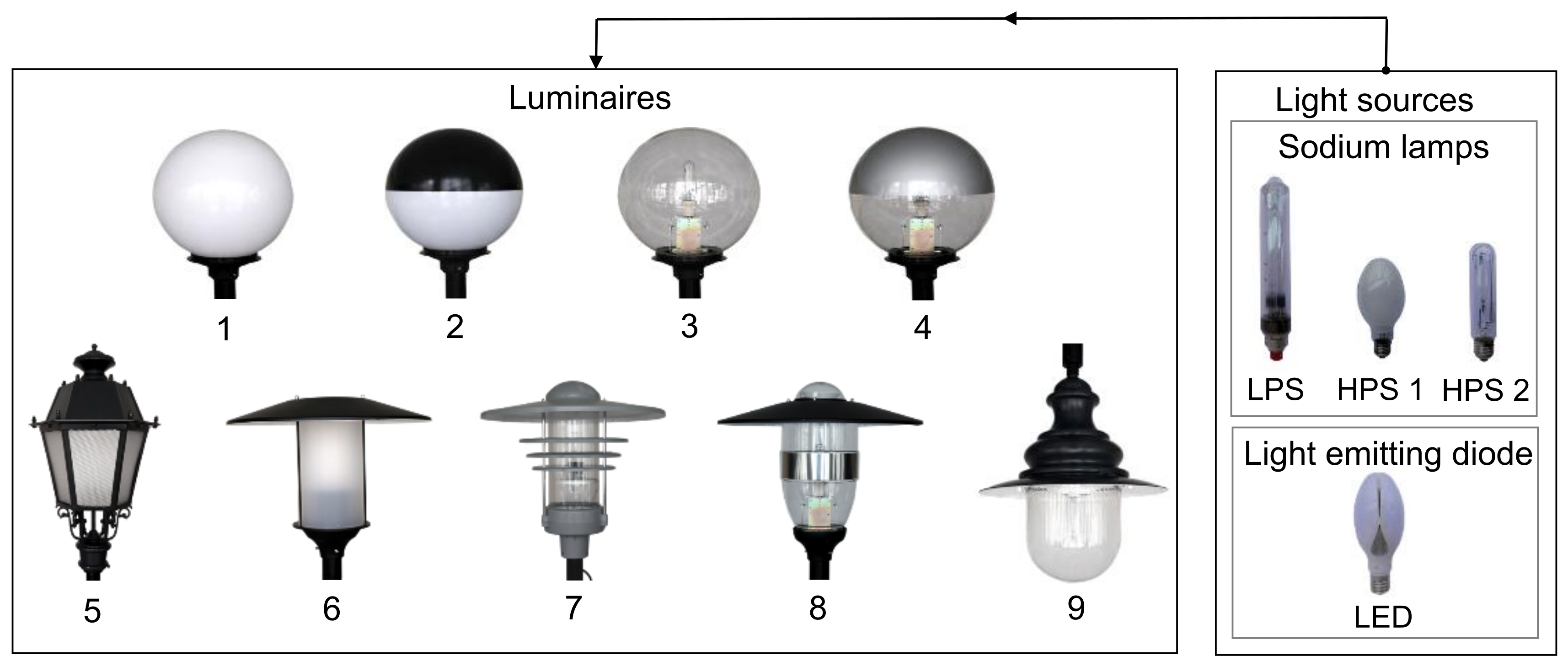
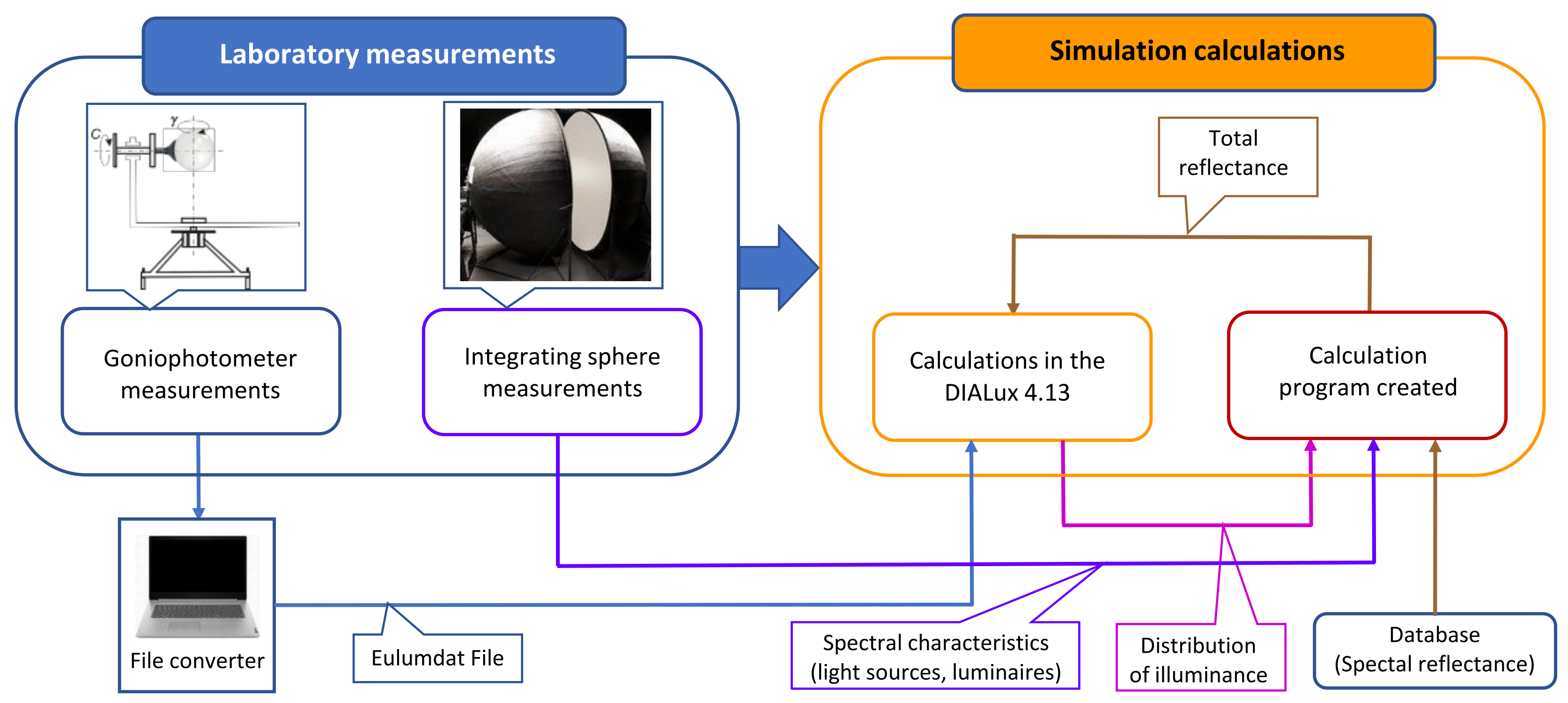
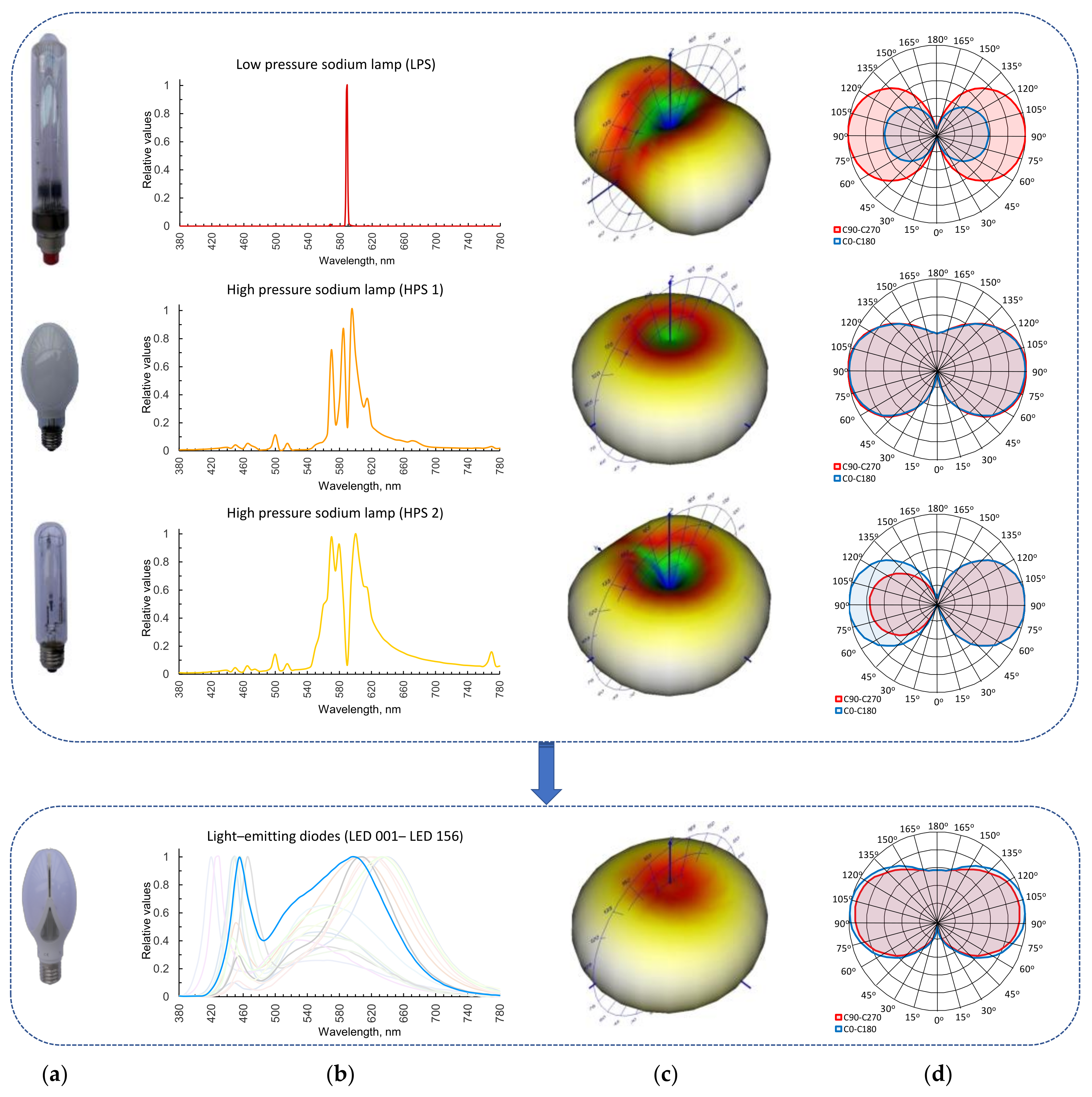

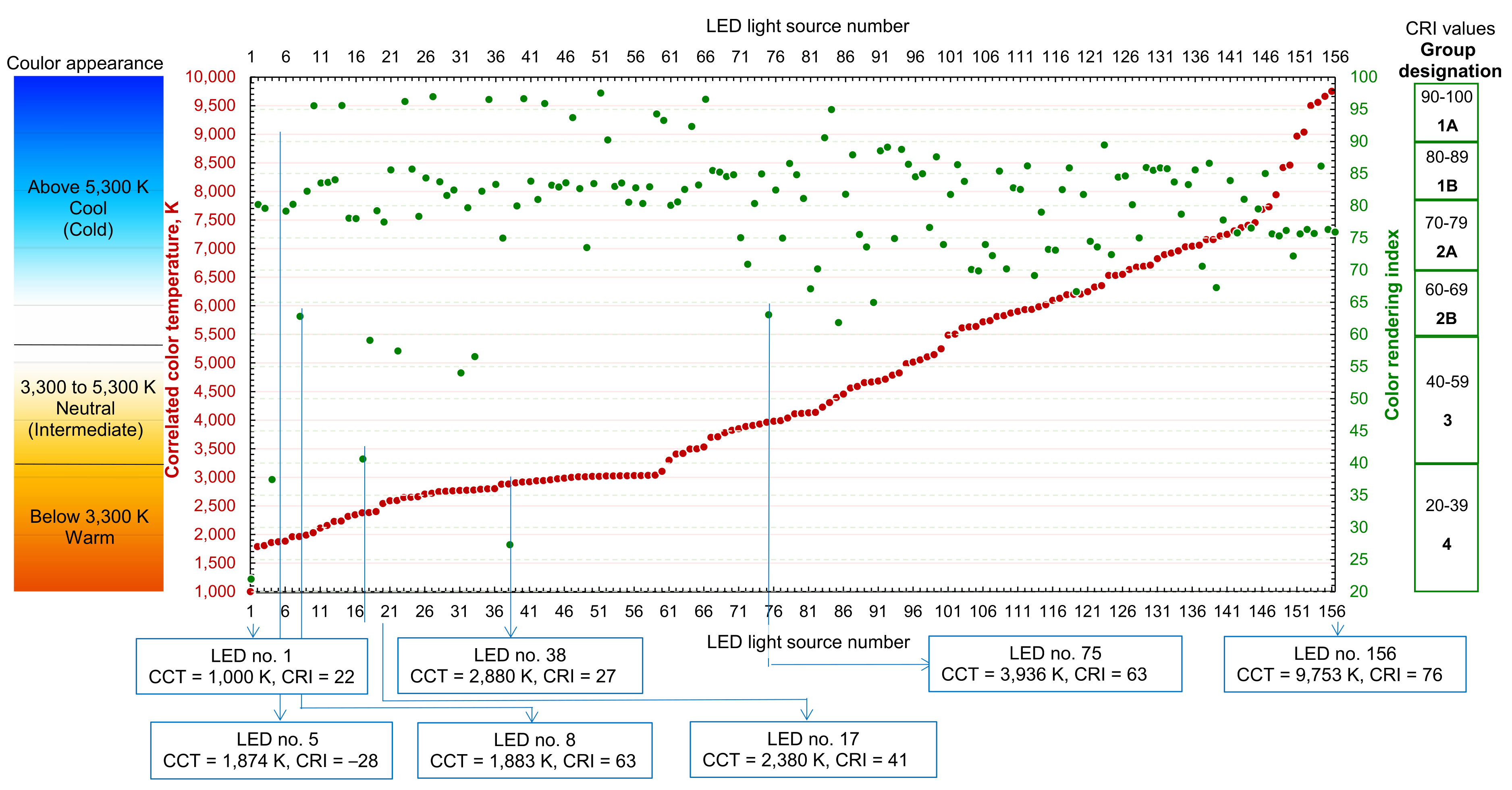
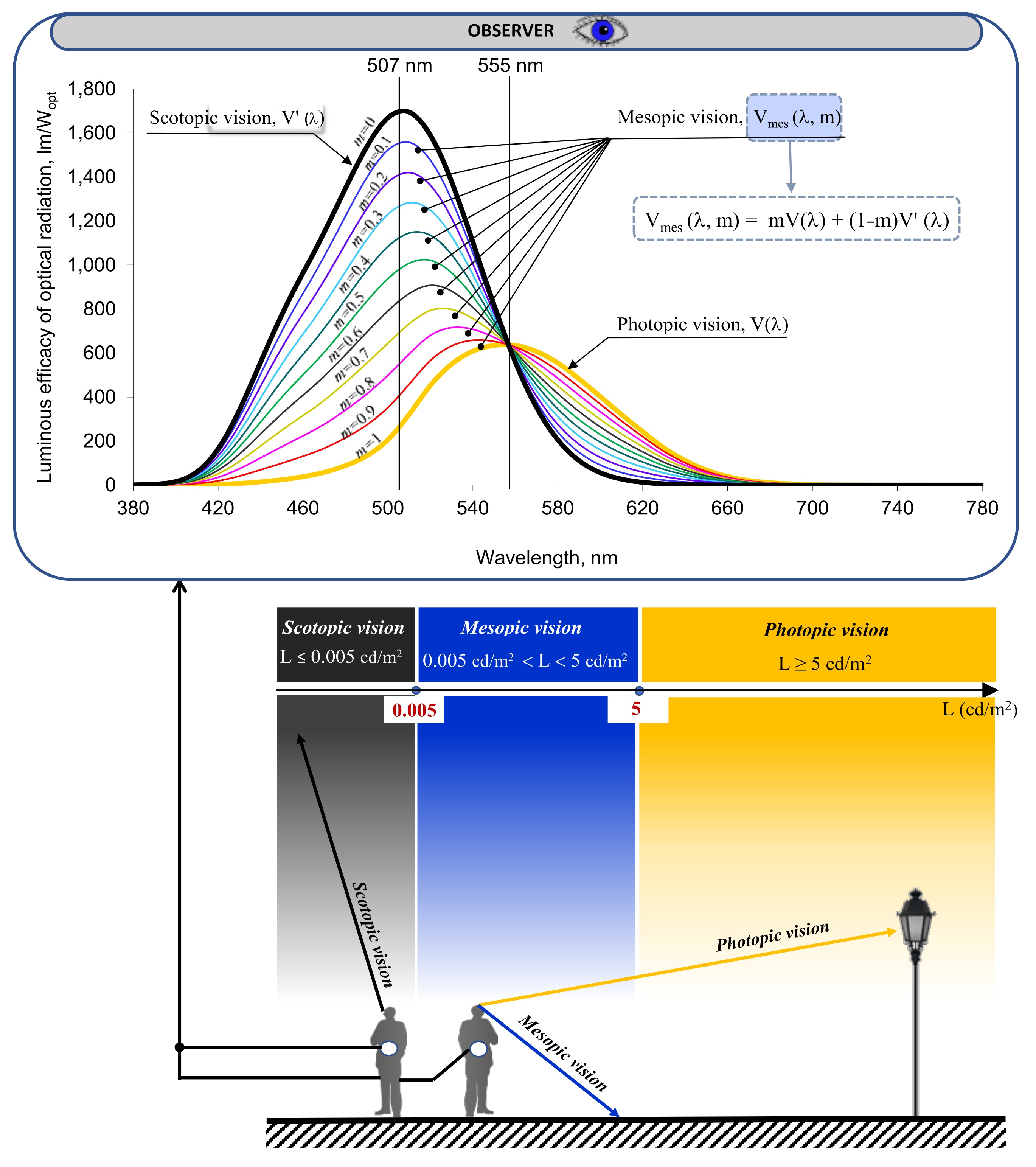
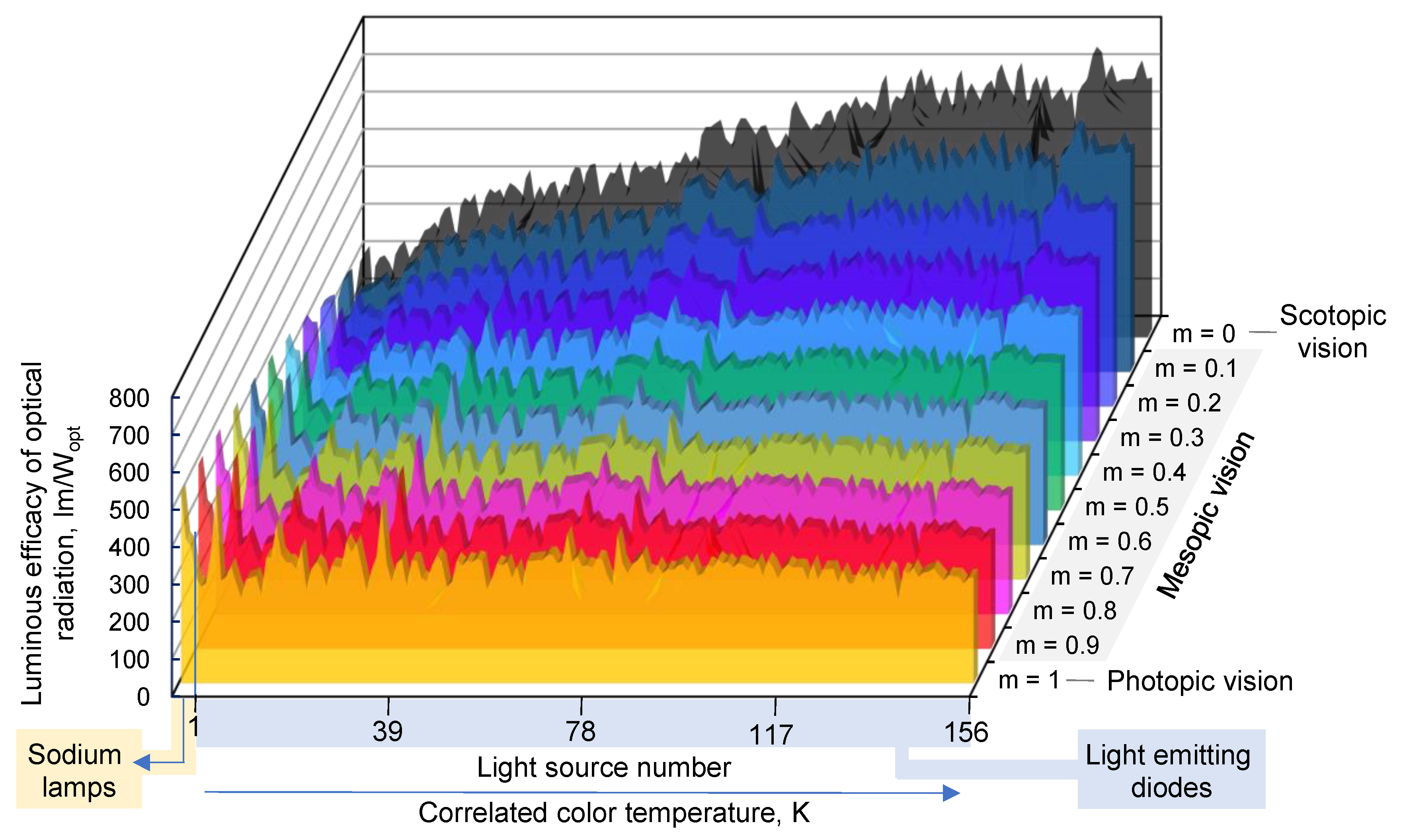

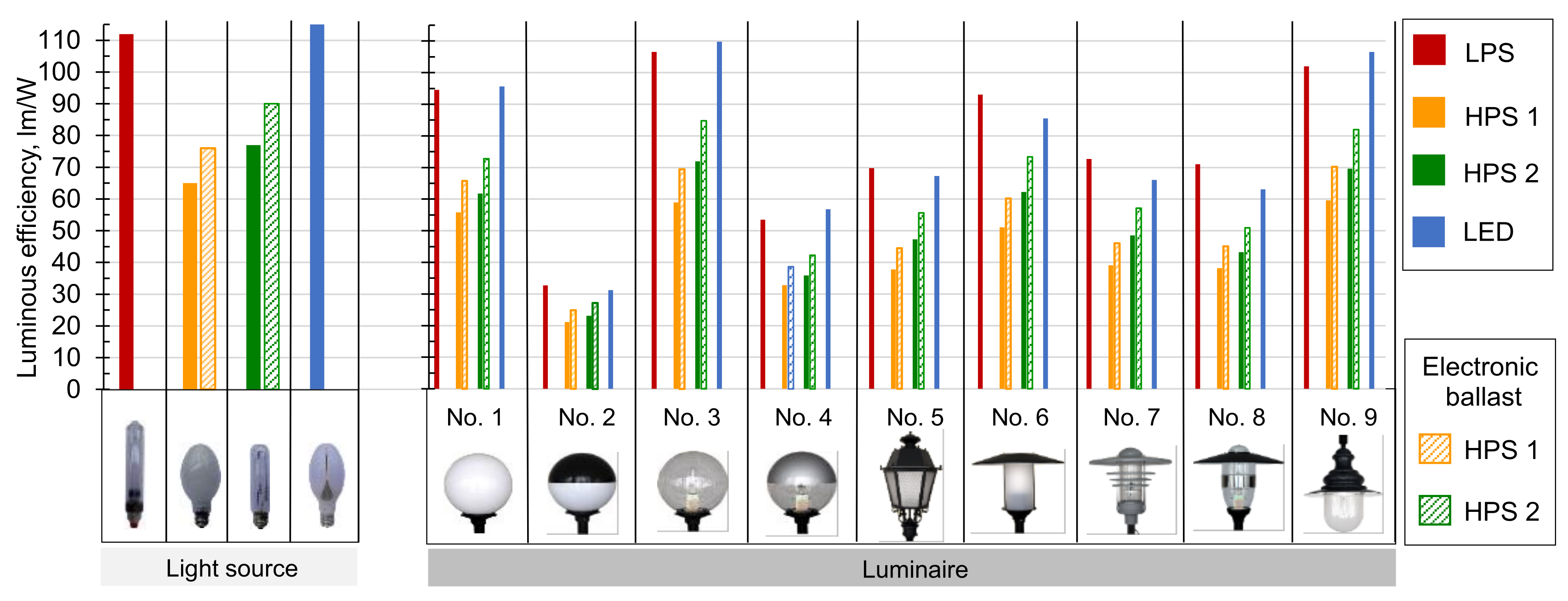

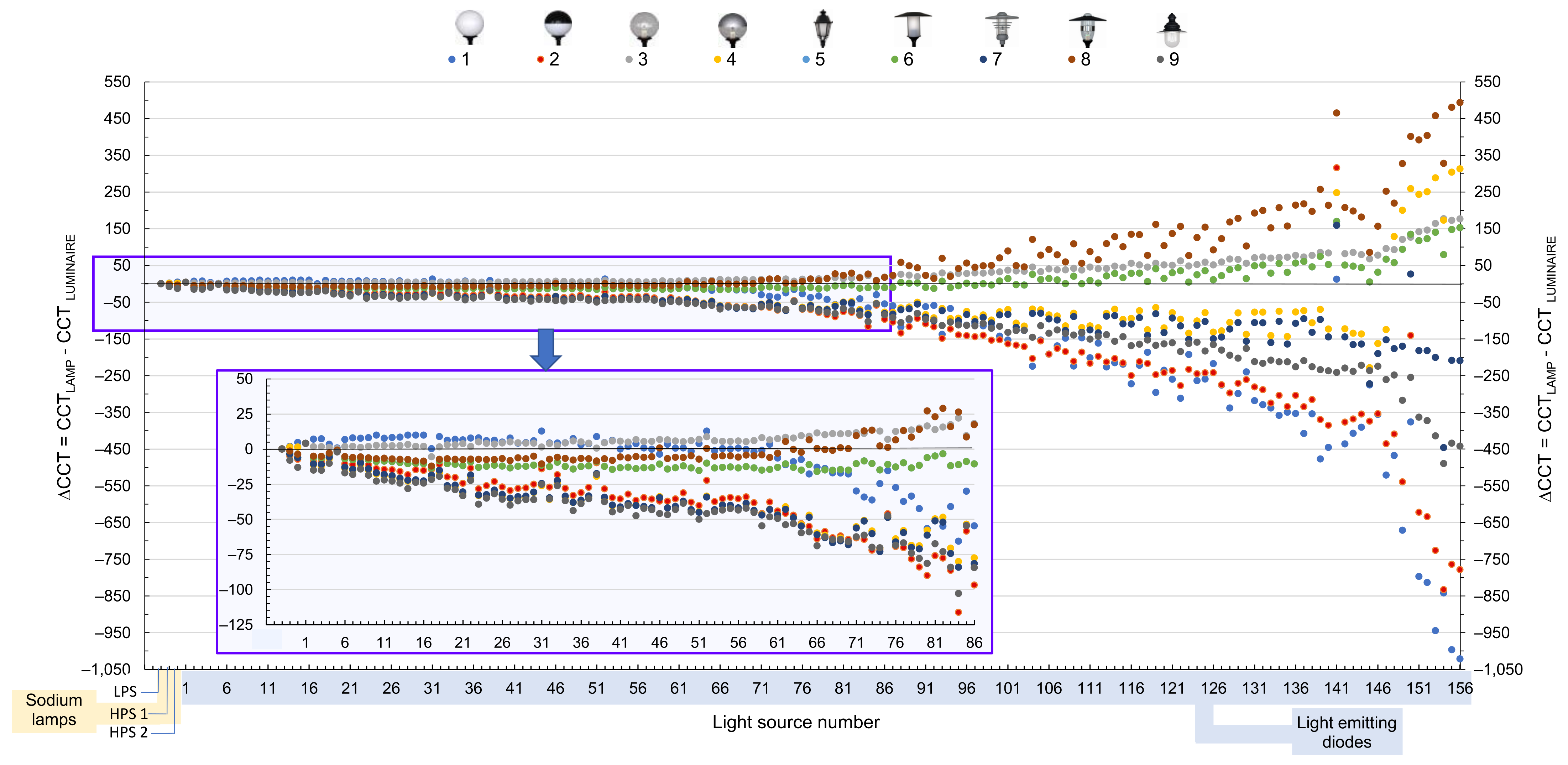
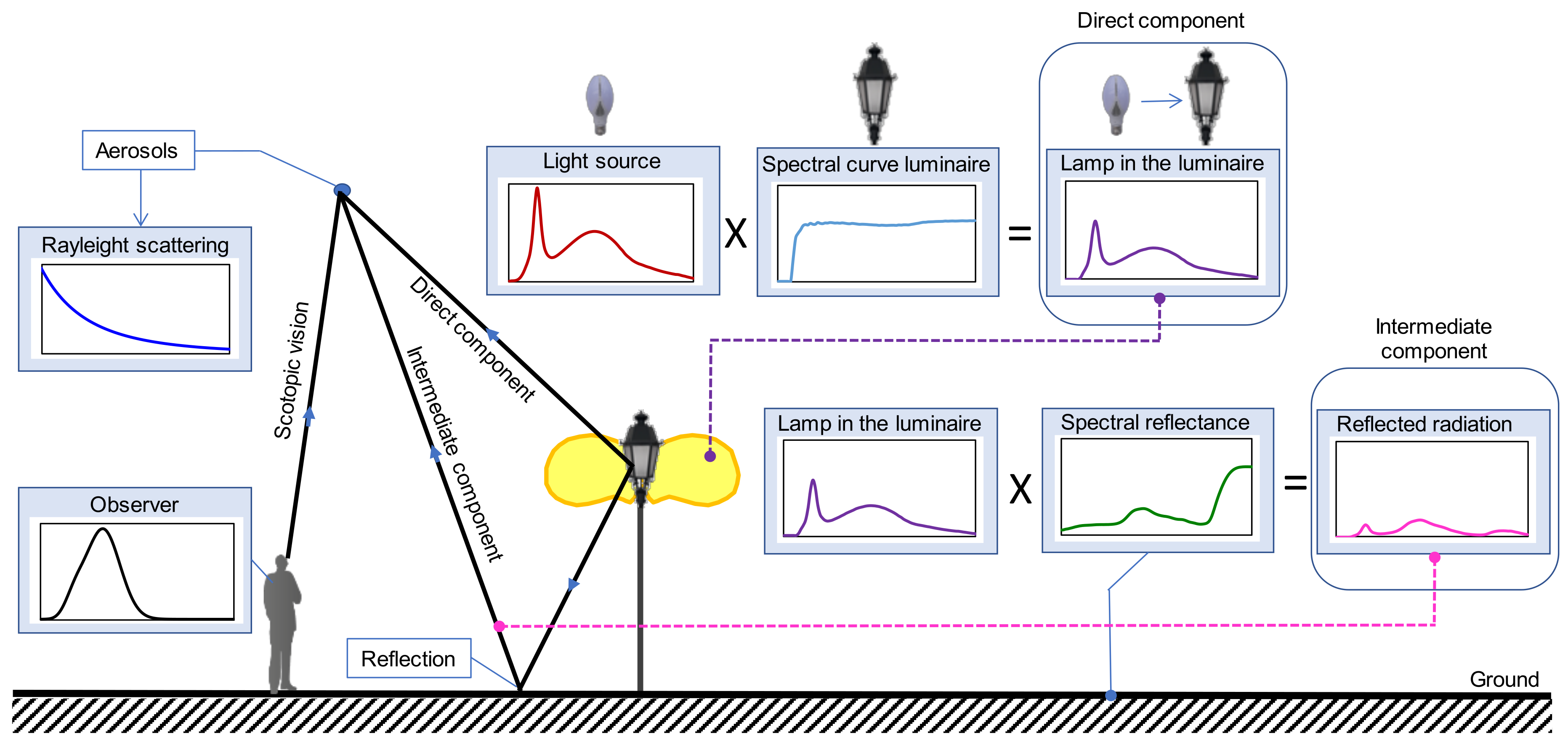
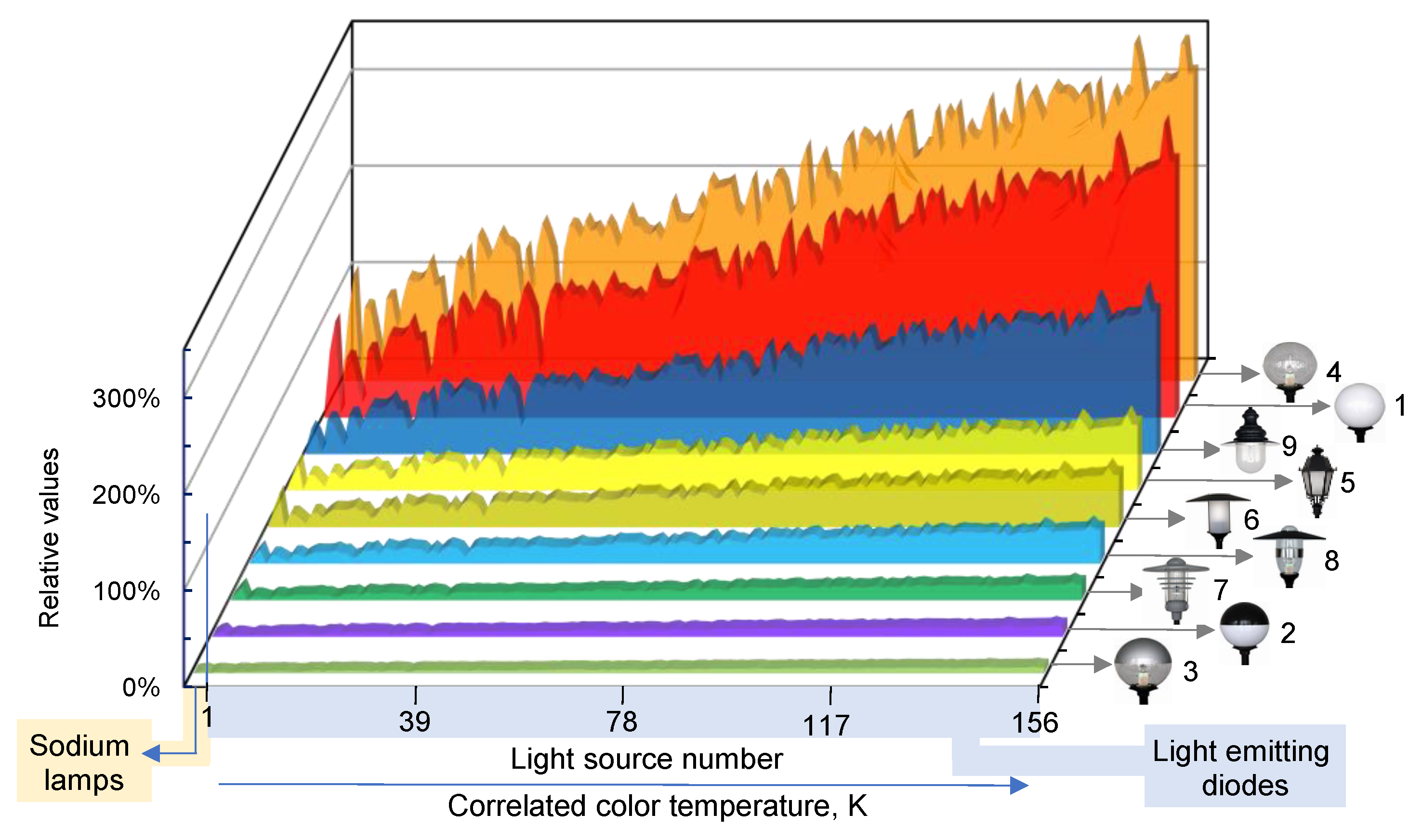
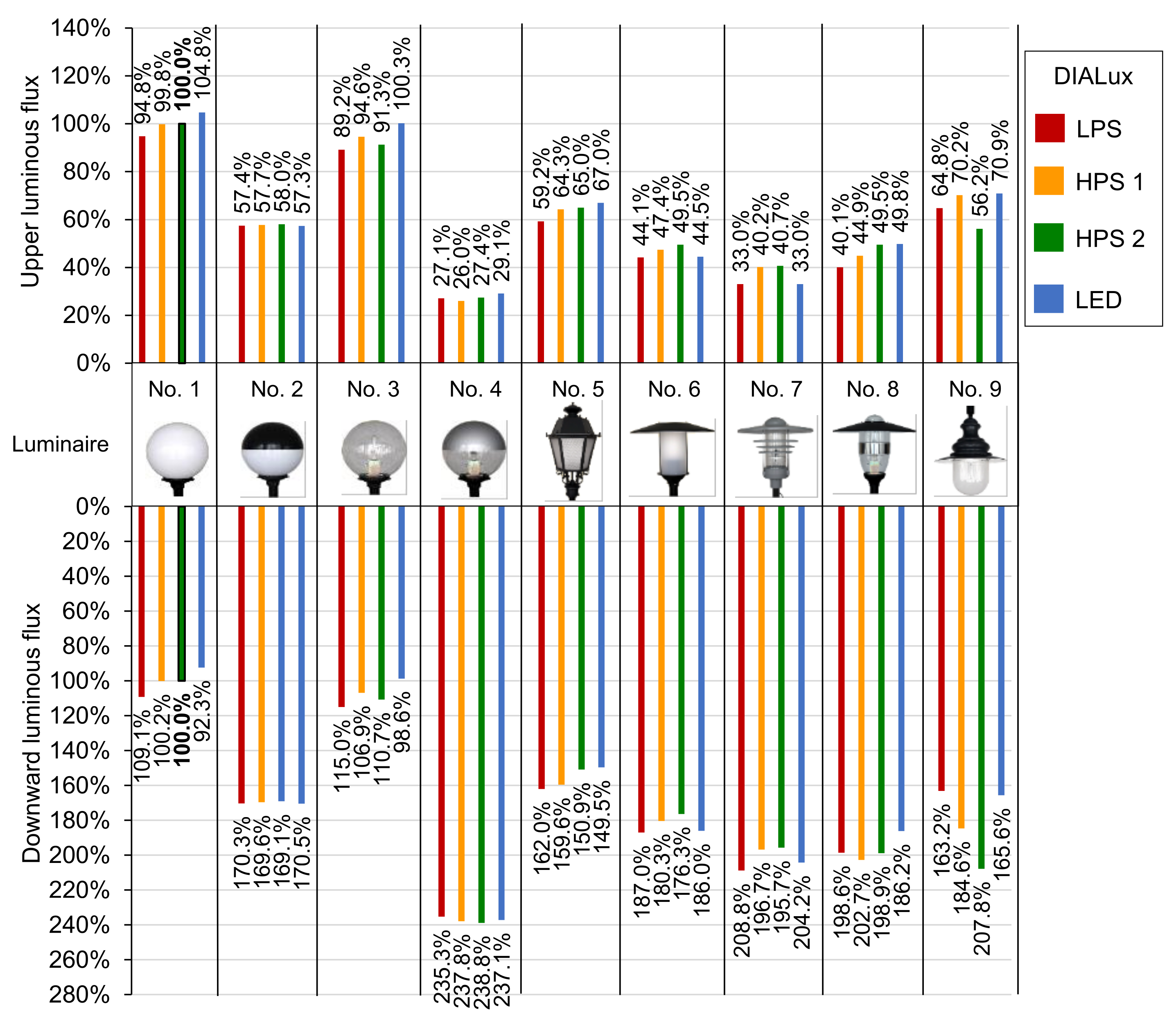
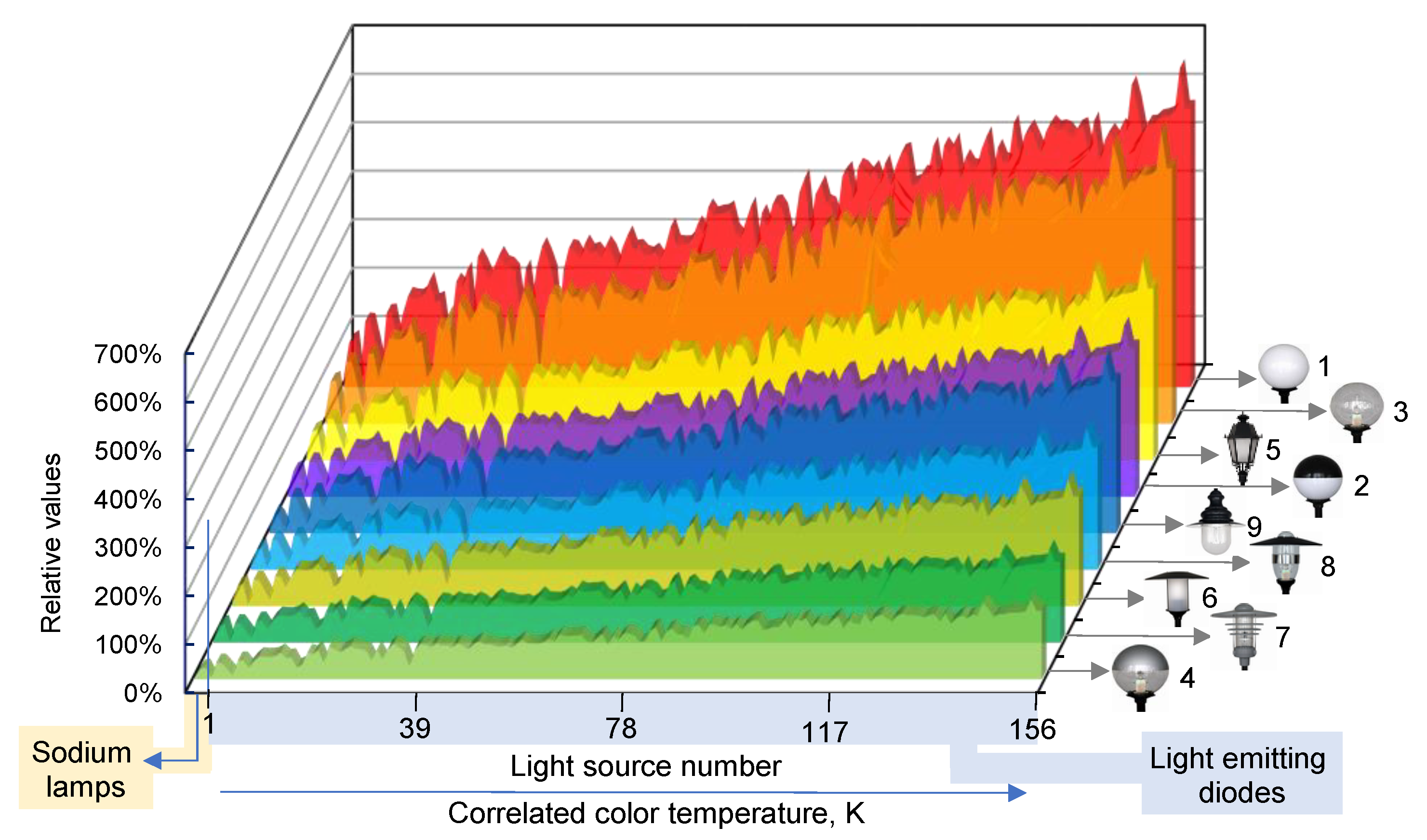

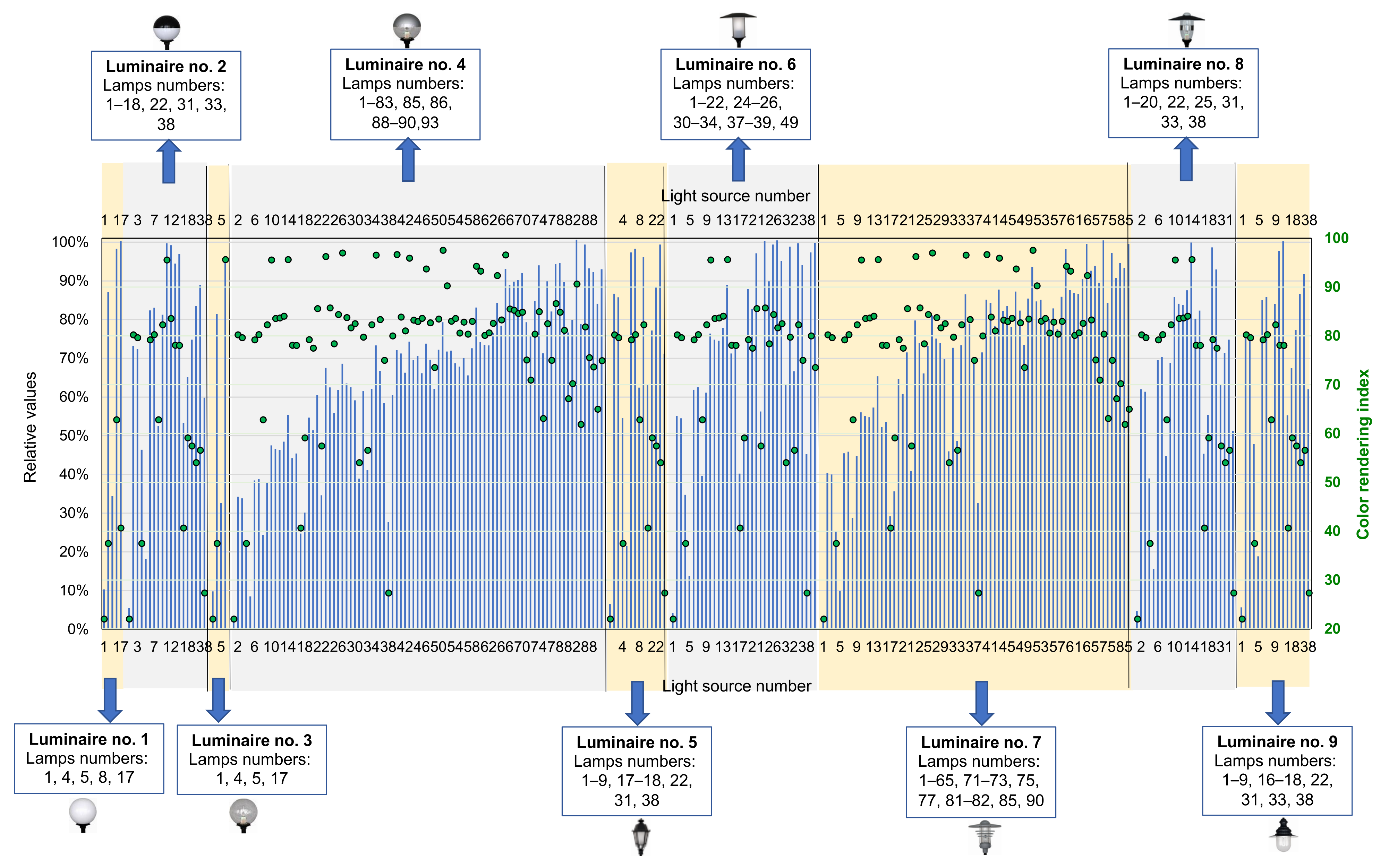

| Light Source | Symbol | PLS [W] | Lamp Base [-] | ΦLS [lm] | CCT [K] | CRI [-] | ηLS [lm/W] | Hg [mg] |
|---|---|---|---|---|---|---|---|---|
| low pressure sodium lamp | LPS | 35 | BY22d | 4550 | 1800 | - | 130 | 0.0 |
| high pressure sodium lamp with a matt ellipsoidal bulb | HPS 1 | 70 | E27 | 5600 | 1900 | ≥20 | 80 | 16.3 |
| high pressure sodium lamp with a tubular bulb | HPS 2 | 70 | E27 | 6600 | 2000 | ≥20 | 94 | 12.2 |
| light emitting diode | LED | 40 | E40 | 4500 | 4100 | ≥80 | 113 | 0.0 |
| Light Source Symbol | PLSM [W] | ΦLSM [lm] | CCTM [K] | CRIM [-] | ηLSM [lm/W] |
|---|---|---|---|---|---|
| LPS | 37 | 4134 | 1717 | −46 | 112 |
| HPS 1 | 86 | 5554 | 1864 | 20 | 65 |
| HPS 2 | 86 | 6591 | 2150 | 34 | 77 |
| LED | 39 | 4468 | 4111 | 85 | 115 |
| Luminaire/ Light Source | No. 1 | No. 2 | No. 3 | No. 4 |
|---|---|---|---|---|
LPS | 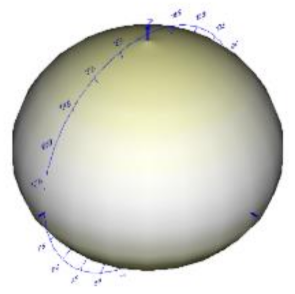 | 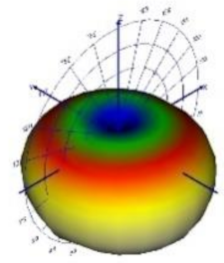 |  | 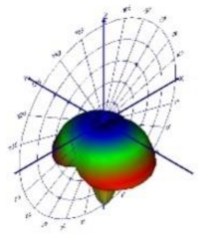 |
 | 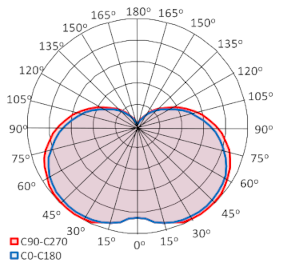 | 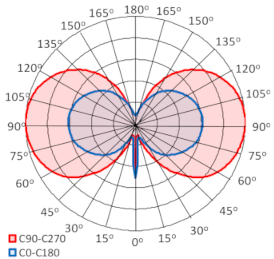 | 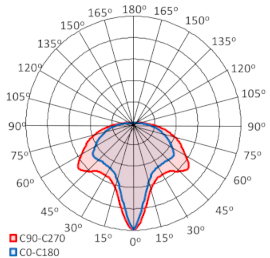 | |
HPS 1 | 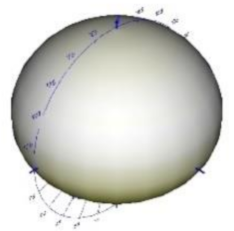 | 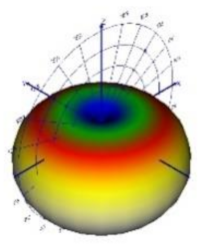 | 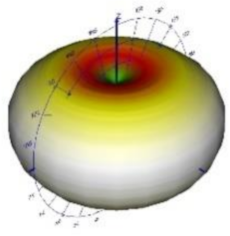 | 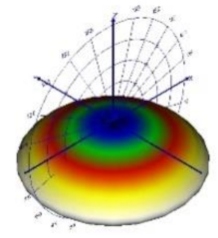 |
 | 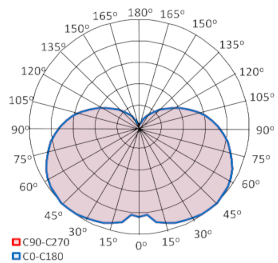 |  | 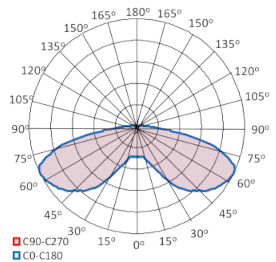 | |
HPS 2 | 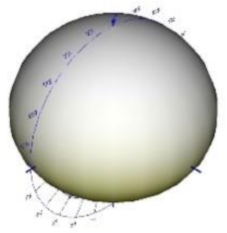 |  | 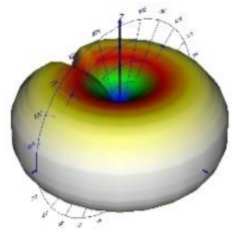 |  |
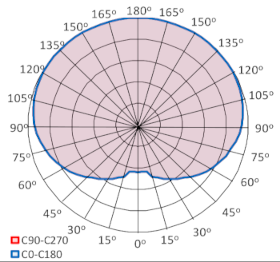 | 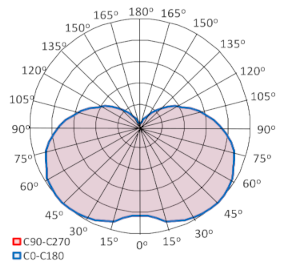 |  |  | |
LED | 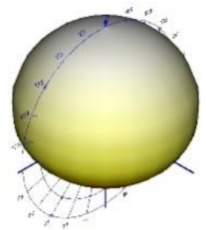 |  |  | 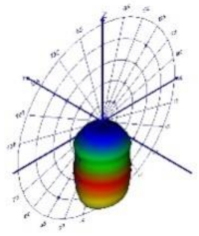 |
 |  |  |  |
| Luminaire/ Light Source | No. 5 | No. 6 | No. 7 | No. 8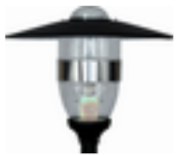 | No. 9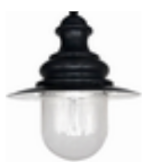 |
|---|---|---|---|---|---|
LPS |  |  | 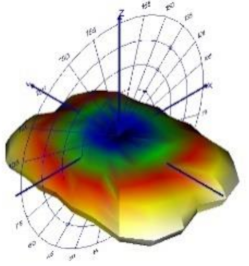 |  |  |
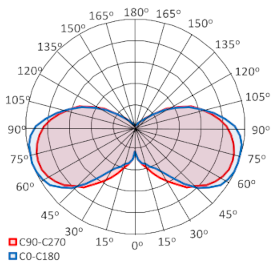 |  |  | 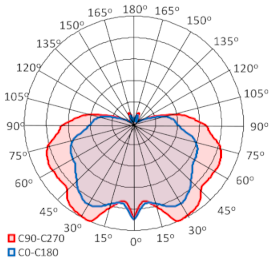 |  | |
HPS 1 | 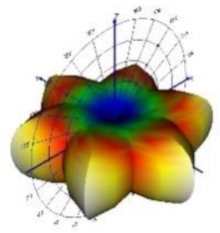 | 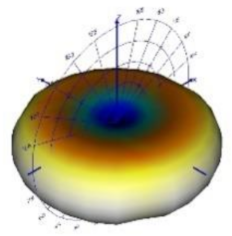 |  | 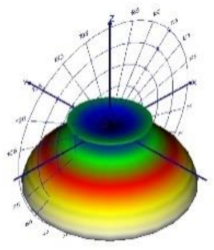 | 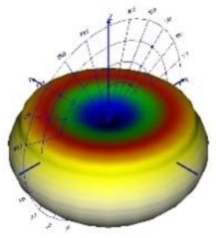 |
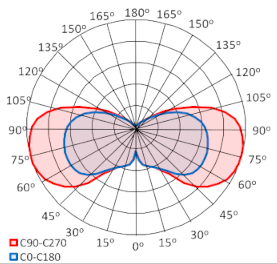 |  | 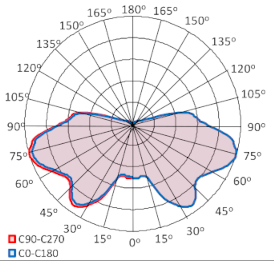 | 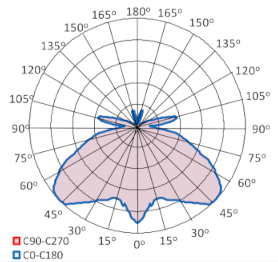 | 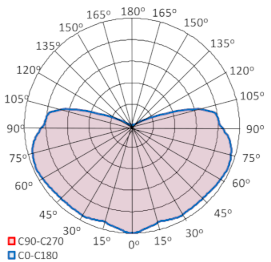 | |
HPS 2 |  |  | 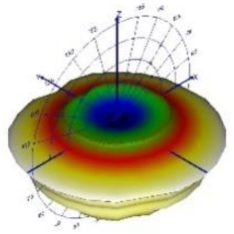 | 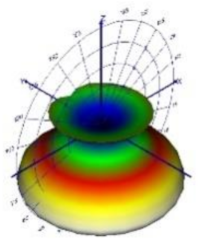 | 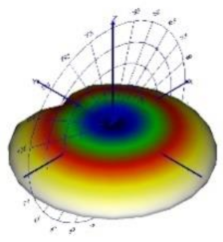 |
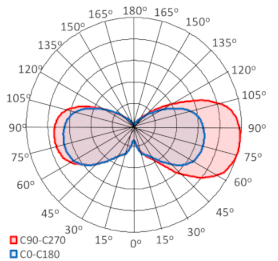 |  |  |  | 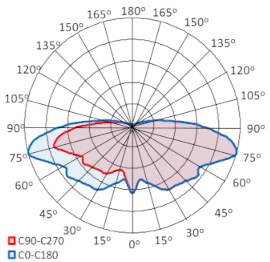 | |
LED | 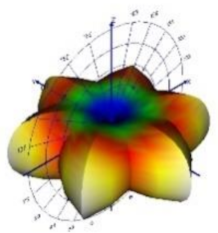 | 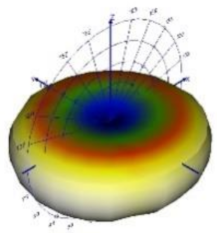 |  | 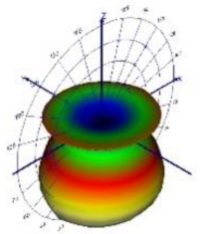 | 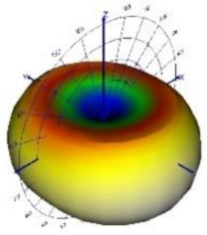 |
 |  | 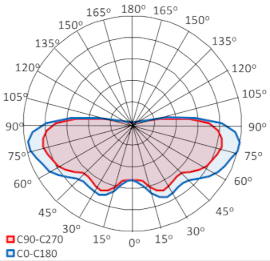 | 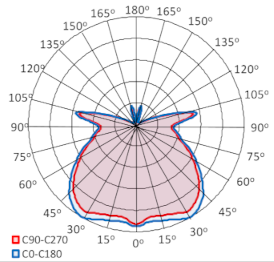 | 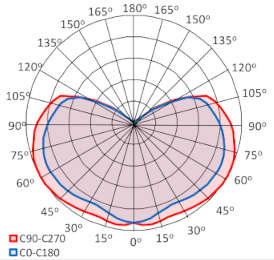 |
| Luminaire | Light Source | DFF % | UFF (ULR) % | ULOR % | DLOR % | LOR % | Trapped Light % |
|---|---|---|---|---|---|---|---|
No. 1 | LPS | 47.0 | 53.0 | 44.9 | 39.8 | 84.7 | 15.3 |
| HPS 1 | 43.6 | 56.4 | 48.7 | 37.7 | 86.4 | 13.6 | |
| HPS 2 | 43.6 | 56.4 | 45.5 | 35.1 | 80.6 | 19.4 | |
| LED | 40.4 | 59.6 | 49.7 | 33.7 | 83.4 | 16.6 | |
No. 2 | LPS | 72.8 | 27.2 | 8.0 | 21.3 | 29.3 | 70.7 |
| HPS 1 | 71.5 | 28.5 | 9.3 | 23.4 | 32.7 | 67.3 | |
| HPS 2 | 71.6 | 28.4 | 8.5 | 21.6 | 30.1 | 69.9 | |
| LED | 72.6 | 27.4 | 7.6 | 19.6 | 27.2 | 72.8 | |
No. 3 | LPS | 49.4 | 50.6 | 48.3 | 47.1 | 95.4 | 4.6 |
| HPS 1 | 46.7 | 53.3 | 48.6 | 42.6 | 91.2 | 8.8 | |
| HPS 2 | 48.4 | 51.6 | 48.5 | 45.5 | 94.0 | 6.0 | |
| LED | 43.1 | 56.9 | 54.5 | 41.3 | 95.8 | 4.2 | |
No. 4 | LPS | 96.8 | 3.2 | 1.5 | 46.3 | 47.8 | 52.2 |
| HPS 1 | 97.0 | 3.0 | 1.5 | 49.3 | 50.8 | 49.2 | |
| HPS 2 | 97.2 | 2.8 | 1.3 | 45.5 | 46.8 | 53.2 | |
| LED | 96.6 | 3.4 | 1.7 | 47.9 | 49.6 | 50.4 | |
No. 5 | LPS | 69.3 | 30.7 | 19.2 | 43.3 | 62.5 | 37.5 |
| HPS 1 | 68.8 | 31.2 | 18.2 | 40.2 | 58.4 | 41.6 | |
| HPS 2 | 64.0 | 36.0 | 22.2 | 39.5 | 61.7 | 38.3 | |
| LED | 64.0 | 36.0 | 21.1 | 37.6 | 58.7 | 41.3 | |
No. 6 | LPS | 79.4 | 20.6 | 17.2 | 66.1 | 83.3 | 16.7 |
| HPS 1 | 77.0 | 23.0 | 18.2 | 60.9 | 79.1 | 20.9 | |
| HPS 2 | 75.4 | 24.6 | 20.0 | 61.3 | 81.3 | 18.7 | |
| LED | 78.6 | 21.4 | 16.0 | 58.7 | 74.7 | 25.3 | |
No. 7 | LPS | 87.9 | 12.1 | 7.9 | 57.2 | 65.1 | 34.9 |
| HPS 1 | 83.2 | 16.8 | 10.6 | 52.7 | 63.3 | 36.7 | |
| HPS 2 | 82.8 | 17.2 | 10.9 | 52.4 | 63.3 | 36.7 | |
| LED | 86.6 | 13.4 | 7.7 | 49.9 | 57.6 | 42.4 | |
No. 8 | LPS | 83.8 | 16.2 | 10.3 | 53.3 | 63.6 | 36.4 |
| HPS 1 | 83.2 | 16.8 | 9.9 | 49.2 | 59.1 | 40.9 | |
| HPS 2 | 81.8 | 18.2 | 10.3 | 46.1 | 56.4 | 43.6 | |
| LED | 78.0 | 22.0 | 12.1 | 43.0 | 55.1 | 44.9 | |
No. 9 | LPS | 69.6 | 30.4 | 27.8 | 63.6 | 91.4 | 8.6 |
| HPS 1 | 78.4 | 21.6 | 19.9 | 72.3 | 92.2 | 7.8 | |
| HPS 2 | 88.2 | 11.8 | 10.7 | 80.1 | 90.8 | 9.2 | |
| LED | 70.2 | 29.8 | 27.7 | 65.3 | 93.0 | 7.0 |
| Environmental Zones | Surrounding | Lighting Environment | UFF (ULR) % | |
|---|---|---|---|---|
| 2003 | 2019 | |||
| E1 | Natural | Dark | 0 | 0 |
| E2 | Rural | Low district brightness | 5 | 2.5 |
| E3 | Suburban | Medium district brightness | 15 | 5 |
| E4 | Urban | High district brightness | 25 | 15 |
| Luminaire | No. 1 | No. 2 | No. 3 | No. 4 | No. 5 | No. 6 | No. 7 | No. 8 | No. 9 |
|---|---|---|---|---|---|---|---|---|---|
| LED no. | 22 | 57 | 9 | 156 | 25 | 67 | 111 | 65 | 28 |
| CCTlamp | 2596 K | 3031 K | 1988 K | 9753 K | 2660 K | 3700 K | 5903 K | 3500 K | 2748 K |
| CCTluminaire | 2587 K | 3065 K | 1986 K | 9440 K | 2690 K | 3715 K | 6029 K | 3494 K | 2785 K |
| CRIlamp | 57 | 80 | 82 | 76 | 78 | 85 | 83 | 83 | 84 |
| CRIluminaire | 58 | 81 | 82 | 75 | 79 | 85 | 83 | 83 | 84 |
Publisher’s Note: MDPI stays neutral with regard to jurisdictional claims in published maps and institutional affiliations. |
© 2021 by the author. Licensee MDPI, Basel, Switzerland. This article is an open access article distributed under the terms and conditions of the Creative Commons Attribution (CC BY) license (https://creativecommons.org/licenses/by/4.0/).
Share and Cite
Tabaka, P. Influence of Replacement of Sodium Lamps in Park Luminaires with LED Sources of Different Closest Color Temperature on the Effect of Light Pollution and Energy Efficiency. Energies 2021, 14, 6383. https://doi.org/10.3390/en14196383
Tabaka P. Influence of Replacement of Sodium Lamps in Park Luminaires with LED Sources of Different Closest Color Temperature on the Effect of Light Pollution and Energy Efficiency. Energies. 2021; 14(19):6383. https://doi.org/10.3390/en14196383
Chicago/Turabian StyleTabaka, Przemyslaw. 2021. "Influence of Replacement of Sodium Lamps in Park Luminaires with LED Sources of Different Closest Color Temperature on the Effect of Light Pollution and Energy Efficiency" Energies 14, no. 19: 6383. https://doi.org/10.3390/en14196383
APA StyleTabaka, P. (2021). Influence of Replacement of Sodium Lamps in Park Luminaires with LED Sources of Different Closest Color Temperature on the Effect of Light Pollution and Energy Efficiency. Energies, 14(19), 6383. https://doi.org/10.3390/en14196383






